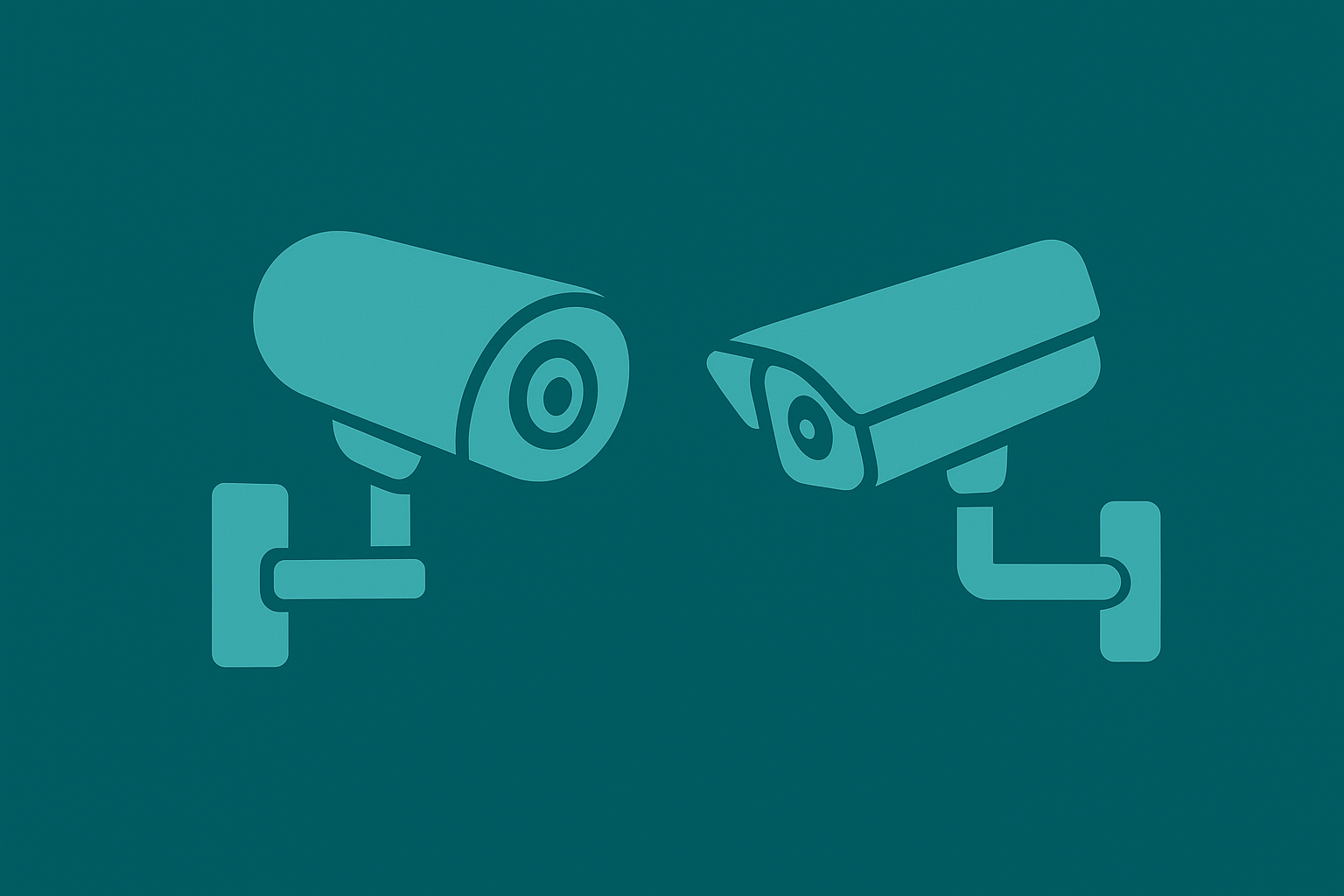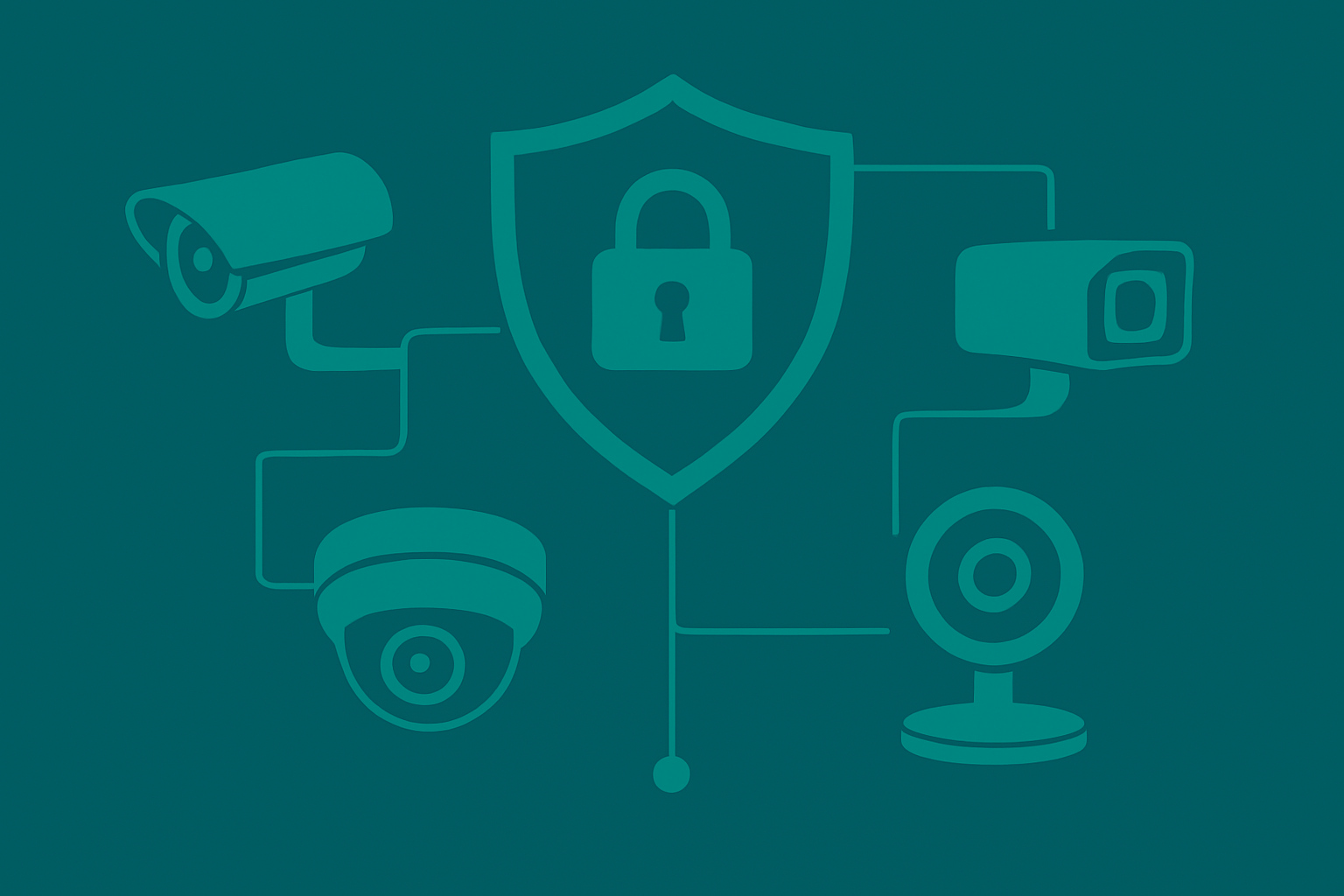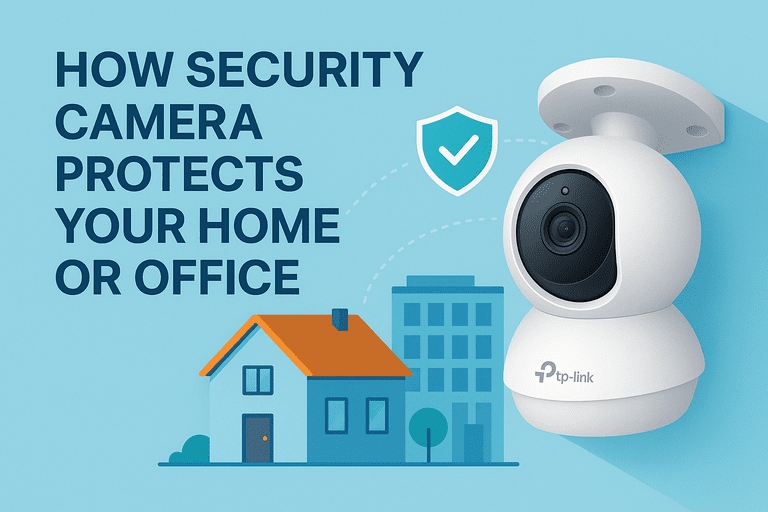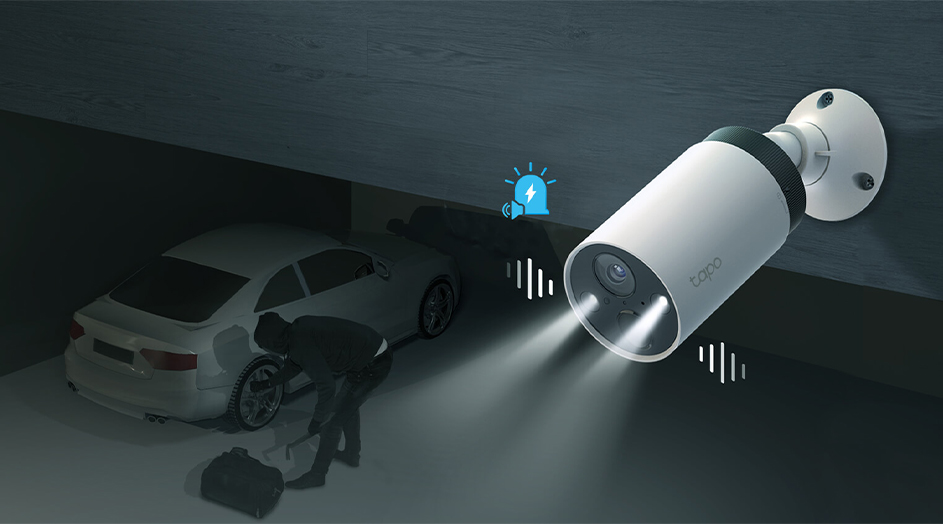Differences Between Surveillance Cameras & Security Cameras
When it comes to protecting your home or business, cameras are a common go-to solution. But many people use the terms ‘surveillance cameras’ and ‘security cameras’ interchangeably. While both are used for monitoring and protection, they serve different purposes and have distinct features.
Understanding these differences can help you choose the right system for your needs.
What Are Surveillance Cameras?
Surveillance cameras are mainly used for continuous monitoring. These cameras are often part of a larger system designed to observe a specific area over time. Surveillance cameras are usually found in public places, commercial spaces, and industrial sites. They often work around the clock and may be monitored by staff in real time.
Many surveillance systems store video footage for future review. Security personnel watch live feeds and respond to events as they occur in control rooms connected to some surveillance systems.
What Are Security Cameras?
Security cameras are mainly used to detect and alert users to specific security events like break-ins or motion in restricted areas. These cameras are used in homes and small businesses. Most security cameras have smart features such as motion detection, mobile alerts, and cloud storage.
Unlike traditional surveillance systems, many security cameras can be installed without professional help. Designed for ease of use, they often link to smartphones or tablets for remote viewing.
Main Differences Between Surveillance and Security Cameras
Although they share similarities, here are the key differences between surveillance cameras and security cameras:
-
Purpose - Surveillance cameras are meant for 24/7 monitoring. They are designed to constantly record activity in a given area without interruption. Security cameras are designed to detect specific events, such as motion or unusual activity, and then notify the user.
-
Monitoring - Surveillance systems are usually monitored by trained personnel in control rooms or security offices. Security cameras are often monitored by the property owner through smartphone apps or mobile alerts.
-
Installation - Surveillance cameras may require professional installation and a network of cables to connect all components. Security cameras, however, are often wireless and easy to install at home.
-
Storage - Surveillance cameras usually store footage on DVRs (Digital Video Recorders) or NVRs (Network Video Recorders) with large storage capacities to handle continuous recording. Security cameras, by comparison, use cloud storage or built-in SD cards.
-
Location and Use - Surveillance cameras are commonly used in high-traffic public areas such as banks, malls, airports, factories, and city streets. Security cameras are more commonly found in private spaces like homes, offices, and small retail stores.
-
System Type - Surveillance systems are usually part of a closed-circuit system (CCTV) that connects multiple cameras to a central control station. Security cameras can work independently and are often part of a smart home system.
-
Connectivity - Surveillance cameras may be wired and connected through a central server or network, ensuring stable performance and high-quality footage. Security cameras, on the other hand, often use Wi-Fi for easy access and remote control.
When to Use Surveillance Cameras
Surveillance cameras are best for places that need continuous monitoring over a wide area. These include:
-
Large office buildings
-
Factories or warehouses
-
Parking lots
-
Public areas like streets or parks
-
Government buildings
These cameras help monitor daily operations, detect safety risks, and provide real-time data to security teams.
When to Use Security Cameras
Security cameras are ideal for smaller, private areas where quick alerts and easy access are priorities. These include:
-
Homes and apartments
-
Small shops or restaurants
-
Front doors and driveways
-
Indoor rooms or hallways
-
Office entry points
If you want to receive a notification when someone enters your backyard or monitor package deliveries, a security camera is the better choice.
Benefits of Surveillance Cameras
-
24/7 monitoring
-
High-quality video footage
-
Centralized control and data storage
-
Useful for large-scale operations
-
Often monitored by trained professionals
-
Scalable for enterprise-level needs
Benefits of Security Cameras
-
Easy to install and manage
-
Real-time alerts to mobile devices
-
Remote viewing from anywhere
-
Affordable and user-friendly
-
Motion detection and night vision features
-
Great for home and small business use
Integration With Other Systems
Surveillance cameras are typically integrated with complex security systems, including access control, alarms, and fire detection systems. These systems are often managed by an IT or security department.
Security cameras, especially modern wireless ones, can be connected to smart home devices like smart bulbs, door locks, and smart assistants. This approach offers more flexibility and customization for homeowners.
Legal and Privacy Considerations
Both surveillance and security cameras must comply with local privacy laws. For example:
-
You cannot place cameras in bathrooms or other private spaces.
-
In workplaces, you may need to inform employees about monitoring.
-
Public surveillance is often regulated by government policies.
Remember to always check local laws before installing any camera system.
Tips for Choosing the Right Camera
If you're trying to decide between a surveillance system and security cameras, here are a few things to consider when making an informed decision:
-
Size of the area – Use surveillance cameras for large spaces and security cameras for smaller areas.
-
Your budget – Security cameras are more affordable and suitable for personal use.
-
Monitoring needs – Choose surveillance if you need live monitoring and detailed footage.
-
Ease of use – Pick security cameras for plug-and-play convenience and mobile access.
-
Connectivity – If you want to connect your cameras to your Wi-Fi and control them with an app, go with security cameras.
Best Security Cameras For Home
1. Tapo C320WS Outdoor 2K Wi-Fi Camera: Offers 2K QHD resolution, starlight color night vision with spotlights, and advanced AI detection (person, vehicle, line-crossing).
2. Tapo C500 360° Pan/Tilt Camera: Full pan/tilt coverage, two-way audio, smooth motor, and seamless automation with other Tapo devices. The Tapo C500 360° Pan/Tilt Camera has garnered praise for its fast streaming capabilities, quiet pans, and superior build quality.
3. Tapo C200 Pan/Tilt 1080p Camera: The Tapo C200 features 1080p high-definition video, providing users with clear and detailed footage. The device offers a 360° horizontal and 114° vertical range, enabling complete coverage of the area.
Future of Camera Technology
Both surveillance and security cameras are becoming smarter. Features like facial recognition, artificial intelligence, and cloud analytics are being added to both systems. This process helps improve accuracy and reduce false alerts.
In the future, the line between surveillance and security cameras may blur even more. With better technology, even small businesses and homes can benefit from features that were once only available in professional surveillance systems.
Final Thoughts
Understanding the differences between surveillance cameras and security cameras helps you make better decisions when protecting your home or business. Both offer valuable features, but knowing your needs will help you choose the right solution.
Are you looking for smarter protection for your home or business? TP-Link offers a wide range of reliable wireless security cameras and surveillance solutions designed for every environment. TP-Link helps you stay in control of your security anytime, anywhere!
FAQs About Surveillance Cameras
1. What resolution do I need?
A minimum resolution of 1080p (2 MP) is required for clear details, but a resolution of 2K to 4K is better for identifying faces or license plates; however, it consumes more bandwidth and storage.
2. Will they work at night?
Yes. Most use infrared LEDs for black-and-white “night vision.” Models with colored IR or spotlights provide better low-light footage.
3. Can I view footage remotely?
IP and wireless cameras support remote viewing via apps on phones, tablets, or PCs.
4. How many cameras do I need for my home?
For most homes, 2–4 cameras are adequate—cover key areas like front/back doors, the garage, and common outdoor zones.





